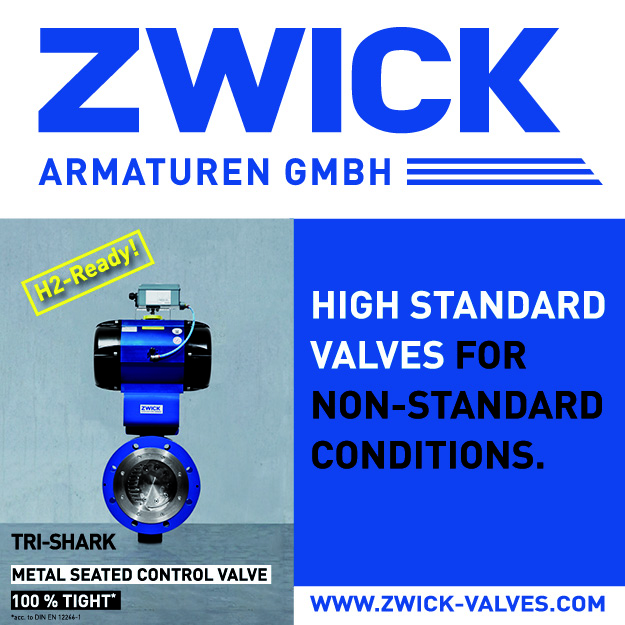Mechanisation in major end-user industries to drive global actuator market through 2020
The global actuator market is set to reach $7.47 billion (€6.8bn) in 2020, growing at a CAGR of about 4%, according to the latest market study released by Technavio.
The report categorizes the global actuator market into three major product segments, namely pneumatic, hydraulic, and electric.
Pneumatic actuators are devices that are driven by compressed air and are mostly used in the actuation of industrial valves for both control and isolation valve actuation.
On the basis of the valve actuation mechanism, these actuators can be linear, quarter-turn, and multi-turn pneumatic actuators.
“Pneumatic actuators find extensive use in downstream applications in the oil and gas industry, power generation units, and mining facilities, where cleaner and less humid air for compression is abundant,” said Anju Ajaykumar, a lead tools and components research expert at Technavio.
The global pneumatic actuator market is projected to reach $2.88 billion in 2020, growing at a CAGR of nearly 3%.
The trend of rising mechanisation in major end-user industries, such as oil and gas and power, is driving considerable demand for pneumatic actuators.
Hydraulic actuators are primarily used in industrial process control, where hydraulic pressure is used to control the valve in processes that require fast speeds and a high degree of force.
The use of a highly incompressible fluid in a hydraulic actuator enables it to transmit the pressure instantaneously to the attached member.
In flow control applications, hydraulic valve actuators use hydraulic fluid power for the actuation of valves.
According to the movement of the valve arm, hydraulic actuators are either rotary or linear actuating valves.
Rotary valve actuators, which can either be quarter-turn or multi-turn, facilitate the actuation of butterfly valves, globe valves, and ball valves, while linear hydraulic actuators enable gate valves to function.
“Hydraulic valve actuators are used to a great extent in high-pressure applications, including conventional and non-conventional processes in oil and gas extraction and production, mining processes, and coal-fired power generation,” said Ajaykumar.
“The recent introduction of electro-hydraulic powered systems has endowed the benefits of accuracy and remote access that conventional hydraulic systems previously lacked.”
Fluid-powered valve actuators, either hydraulic or pneumatic, are very common in process industries.
They are able to handle open and close applications, are not expensive, and are easy to install and operate.
However, they have drawbacks such as poor performance of pneumatic actuators when used in applications that require incremental movement of the valve.
As well, ambient temperatures can have an effect on fluid viscosity, thereby affecting actuator performance.
In addition, the danger of leakage, which can lead to fluid contamination, can impede operating efficiency and lead to expensive maintenance requirements.
Electric actuators are used in control valve applications to overcome these drawbacks, and they are cost-effective alternatives to hydraulic and pneumatic valve actuators.
While an all-electric actuator system has a high initial price, it has fewer components and involves minimal maintenance.
The global electric actuator market is likely to reach $2.32 billion in 2020, growing at a CAGR of close to 7%.
















